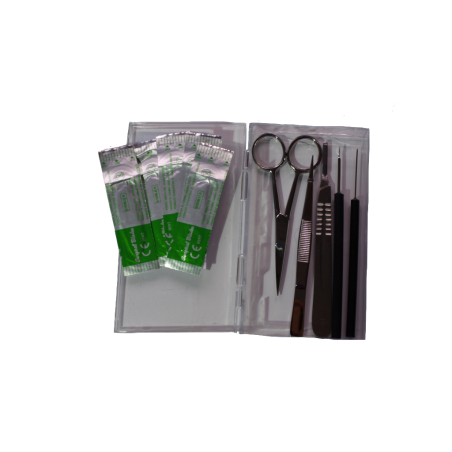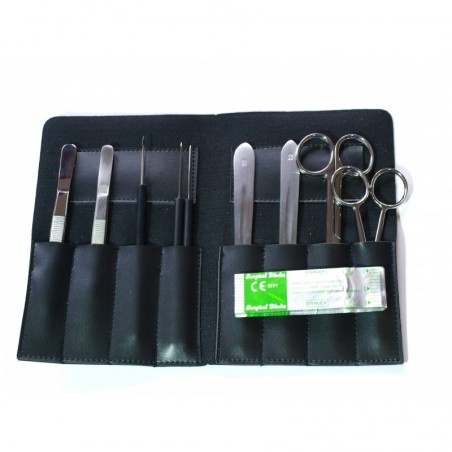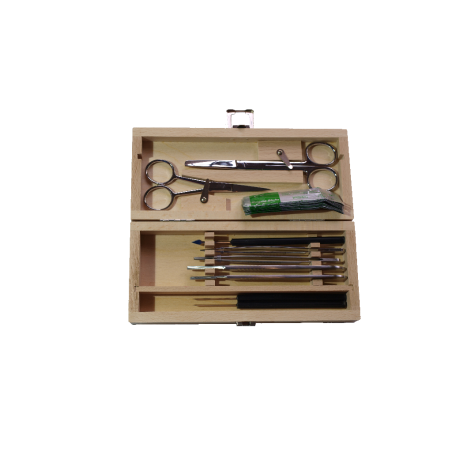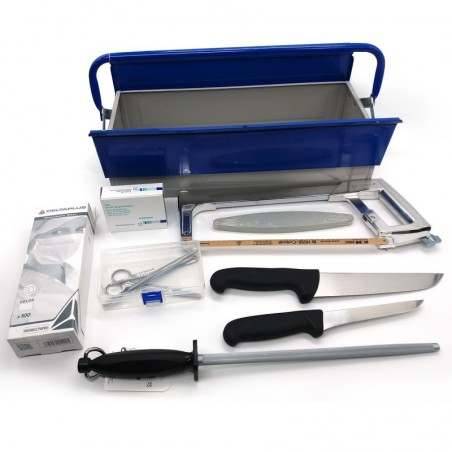The goal of this project was to determine if standardized ileal digestible (SID) lysine provided at 40% above estimated requirements, with the concomitant increase in protein intake, from days 90 to 110 of gestation would stimulate mammary development in gilts. From day 90 of gestation, Yorkshire × Landrace gilts were fed 2.65 kg of either a conventional diet (control, n = 19) providing 18.6 g/d of SID Lys or a diet providing 26.0 g/d of SID Lys via additional soybean meal (high lysine, n = 19). Both diets were isoenergetic. Jugular blood samples obtained on days 90 and 110 of gestation were used to measure concentrations of insulin-like growth factor-1 (IGF-1), metabolites, and amino acids. Gilts were necropsied on day 110 ± 1 of gestation to obtain mammary glands for compositional analyses, immunohistochemistry, and analysis of mRNA abundance for amino acid transporters and markers of cell proliferation and differentiation.
The high lysine gilts gained more body weight during the experimental period compared with control gilts and had greater fetal weights (1.29 vs. 1.21 ± 0.03 kg). There was no difference in circulating IGF-1, glucose, or albumin between high lysine and the control gilts on day 110 of gestation, whereas concentrations of urea and free fatty acids were greater, and those of Trp and Ala were lower in high lysine than in the control gilts. The provision of lysine at 40% above estimated requirements increased total mammary parenchymal mass by 44%, as well as total parenchymal fat, protein, DNA, and RNA. The mRNA abundance of ACACA was greater in high lysine than in control gilts, while only the amino acid transporter SLC6A14 tended to be greater.

Results demonstrate that providing dietary lysine above current National Research Council recommendations in late gestation increases mammary development in gilts. Results also indicate that lysine may have been limiting for protein retention. These data suggest that the use of a two-phase feeding strategy during gestation, whereby dietary lysine is increased from day 90, could benefit potential sow milk yield in the subsequent lactation.
Farmer C, Palin MF, Hovey RC, Falt TD, Huber LA. Dietary supplementation with lysine (protein) stimulates mammary development in late pregnant gilts. Journal of Animal Science. 2022; 100(5): skac051. https://doi.org/10.1093/jas/skac051








